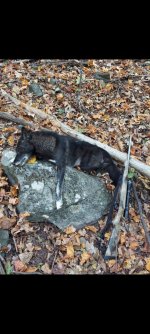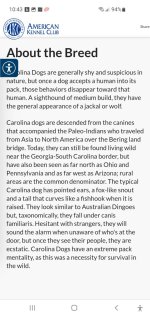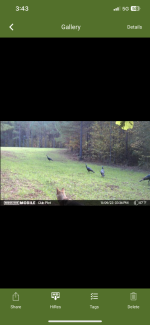It just doesn't happen, because of balance of nature. If prey populations drop to low levels, the predators starve and their population also drops. They usually reach an equilibrium in a stable system. The only exceptions would be introduced predators in areas where there has never been anything like it in the past for the native animals to adapt defenses to, like the brown tree snakes killing the birds out of Guam, which had never had snakes before. That isn't the case in our area at all. There have always been predatory large canines here, many of which went extinct while the prey species kept going. Most mammalian predators also breed and exist at a much lower rate than prey species, by design. Surviving as a predator is a lot tougher job than surviving as a prey species.I`m still waiting for anybody to answer my question in post # 124.
The only predator that affects game animals at population level consequences in our region is two-legged, not four-legged.








